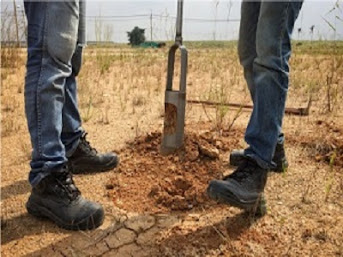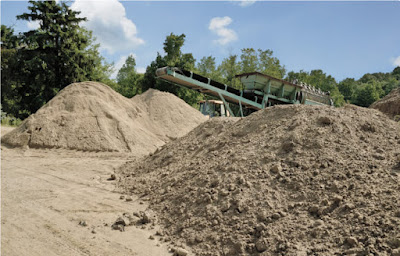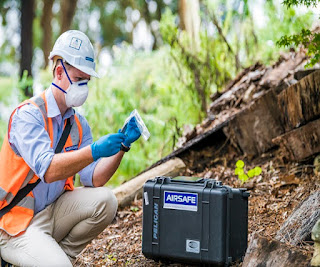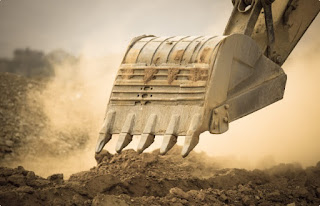As our commitment to environmental sustainability
grows, so does the importance of responsible land management practices. Know
what these key aspects are that play a pivotal role in ensuring environmental
compliance and fostering a healthier ecosystem.
A Remedial
Action Plan NSW
is a structured strategy designed to address and rectify identified
environmental issues on a specific site. In NSW, this plan is crucial for
properties where contamination, such as soil or groundwater pollution, has been
detected. The primary goal is to outline a clear roadmap for the systematic
cleanup and restoration of the affected area.
Components of a RAP
- Site Assessment - Conducting a comprehensive site assessment is
the first step. This involves identifying the nature and extent of
contamination, understanding the potential risks, and determining the most
effective remediation techniques.
- Remediation Strategies - The RAP outlines the
strategies and technologies that will be employed to remediate the
contaminated site. This could involve physical removal of pollutants,
bioremediation, or other innovative techniques.
- Monitoring and Validation - Continuous monitoring
is integral to gauge the effectiveness of the implemented strategies. The
RAP includes provisions for ongoing assessment and validation to ensure
that the site meets environmental standards.
- Regulatory Compliance - Adherence to local and
national environmental regulations is a cornerstone of any RAP. The plan
must align with the guidelines set by regulatory bodies to guarantee legal
compliance.
Detailed Site Investigation (DSI) in NSW
Before initiating a Remedial Action Plan NSW, a Detailed Site Investigation is conducted to thoroughly understand the
environmental conditions of a property. This investigation is a meticulous
process that involves sampling and analyzing various environmental media to
identify potential contaminants.
 |
| Detailed Site Investigation NSW |
Key Aspects of a DSI
- Site Sampling - Experts collect samples of soil, groundwater,
and sometimes air, to assess the presence and concentration of
contaminants. The sampling locations are strategically chosen based on
potential risk factors.
- Laboratory Analysis - The collected samples undergo rigorous
laboratory analysis to identify the types and concentrations of
contaminants. This information forms the basis for developing an effective
RAP.
- Risk Assessment - A risk assessment is conducted to evaluate the
potential impact of the identified contaminants on human health and the
environment. This informs the level of urgency and the remediation
strategies required.
- Data Interpretation - The results from the Detailed Site Investigation NSW are interpreted to create a comprehensive understanding
of the environmental conditions, helping to formulate targeted and
efficient remediation strategies.
Conclusion
In NSW, the synergy between a Remedial Action Plan and
a Detailed Site Investigation
NSW is
imperative for fostering environmentally sustainable practices. These
initiatives not only address existing contamination issues but also pave the
way for the responsible management of land resources. By prioritizing these
comprehensive approaches, we contribute to the preservation and enhancement of
our natural surroundings for future generations.





